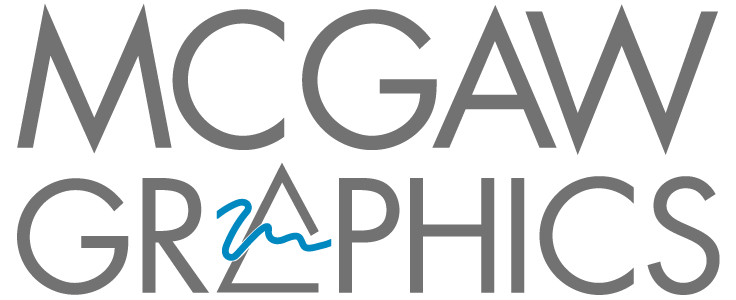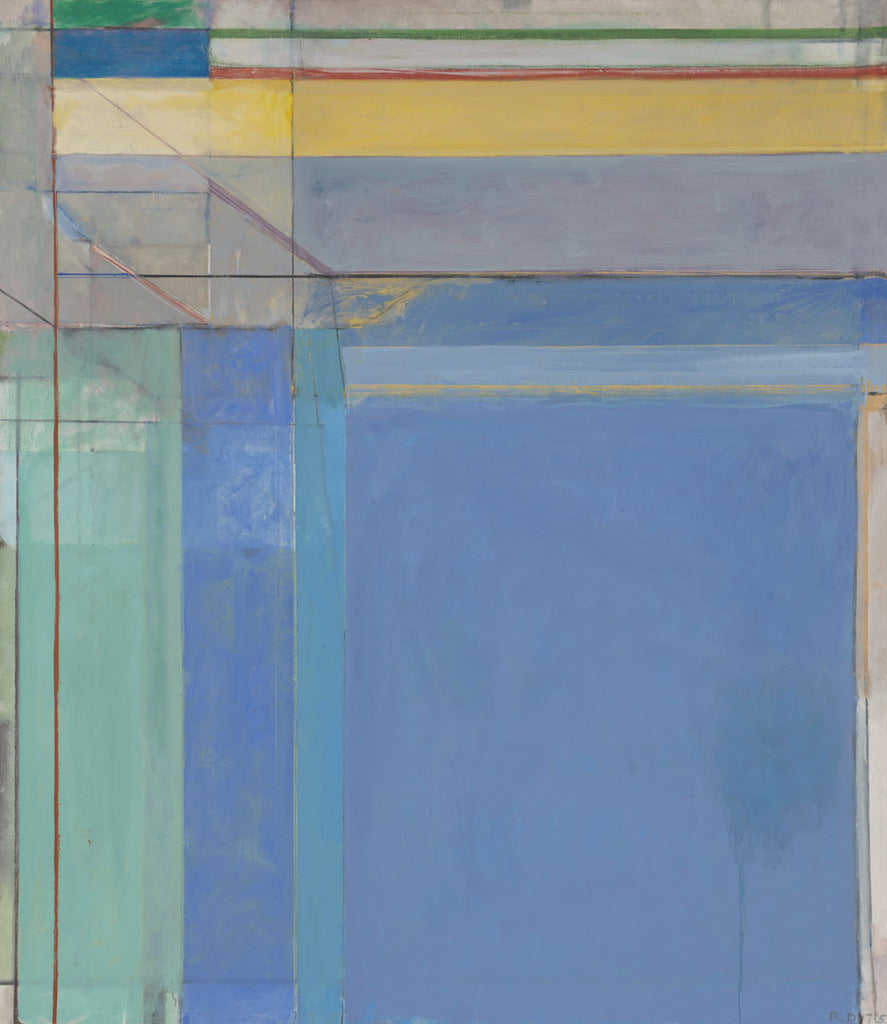Over a period of more than 20 years, Richard Diebenkorn created 145 paintings for his Ocean Park series. Diebenkorn began working on the series in 1967, inspired by his Ocean Park neighborhood on the edge of Los Angeles, California. From his window, he could see the geometry of the streets crossing one another and the hillside. These paintings were more about light than the nearby water of the Pacific, and Diebenkorn painted the quality of the light on the landscape, framed by the angled geometry of his studio windows.
The Ocean Park paintings are composed of multiple thin layers of paint, a technique that allowed Diebenkorn to experiment with his palette and explore light and structure in his painting. Each canvas would begin with the artist making a choice between an overall cool or warm tone. He would then embark on a journey of trial and error and lengthy contemplation. One of the artist’s former students Martin Facey recalls the artist’s process, having spent a great deal of time with him in his Ocean Park studio. Diebenkorn always worked on several large canvases at once, perfecting them until he felt they were just right. He would spend many hours and days contemplating the images as they progressed, searching for his next move (much like a game of chess). His studio always had 2 chairs for this purpose- one for the artist and the other for visitors who may drop in. Diebenkorn considered this part of the painting process just as essential as the paint and brushes.
Working with the Richard Diebenkorn Foundation and several prestigious museum collections McGaw Graphics has published 7 works from the iconic Ocean Park series . See the entire Richard Diebenkorn print collection.
Images from top: Ocean Park #79, 1975 (D2651) from the collection of The Philadelphia Museum of Art, Ocean Park No. 68, 1974 (D2768) from the collection of the Milwaukee Art Museum, Ocean Park No. 24, 1969 (D2707) from the collection of Yale University Art Gallery, Ocean Park No. 70, 1974 (D2711) from the collection of Des Moines Art Center.





